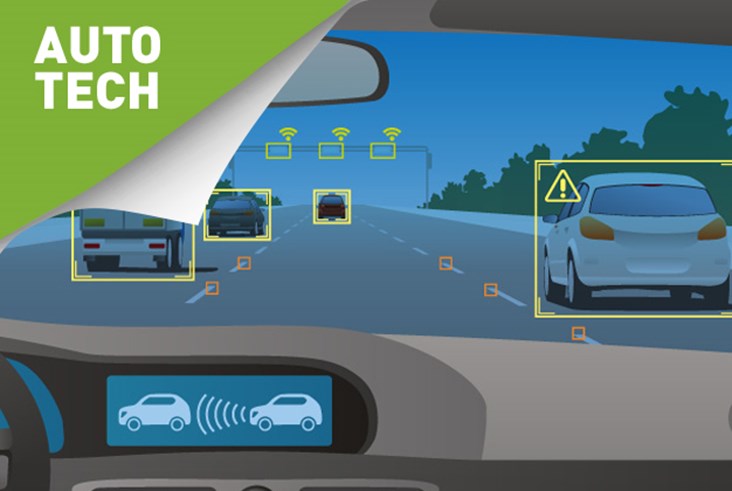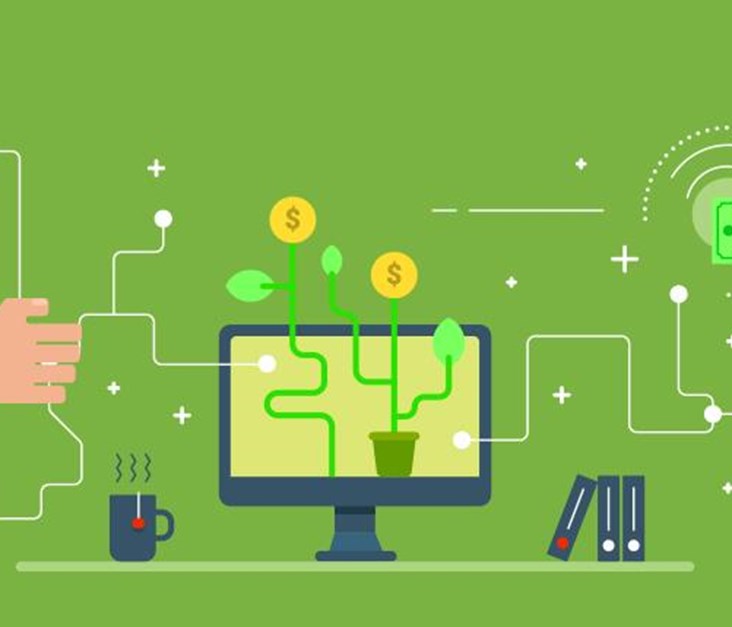
The accelerated rise of new technologies and changing consumer preferences has revolutionized industries. Technology changes and evolves things in ways you cannot imagine, and the automotive industry has quintessentially exemplified just that.
A Drive Down Memory Lane
Cars were initially considered just a trend that would not affect riding horses. Henry Ford changed that in 1908 when he introduced the Model T. Automobiles prior to the introduction of the Ford Model T were expensive and a luxury item, priced at around $9000 that did not disrupt the horse-drawn vehicles market. Through Ford’s innovative production method, he was able to mass-produce automobiles priced at $850 in 1908 that later dropped to $250 in 1925, which inevitably replaced horse-drawn vehicles. The mass-produced car manufactured on moving assembly lines, with complete interchangeable parts in huge quantities became the technological starting point for the car. Not only did cars become a commodity anyone can go and buy, but also a medium for new ideas that developers can work on and evolve. It’s no wonder that the Ford Model T was named as the most influential car of the 20th century at the Car of the Century awards.
Back to the Future
Ever since the Ford Model T rolled off the production line, people have constantly been obsessed about what future cars would be like. During the past century, a dizzying assortment of technologies has been produced by hundreds of producers around the globe. Despite the progress that the automotive industry has clearly made over the years, it’s almost as if we’ve come full circle. Commuters spend long hours in urban congestion that some joke if cities invested in a horse lane, commuters would probably get to their destinations quicker.
Moreover, the 2008 global financial crisis slammed world’s automakers; sales took a sharp fall with a decline between 30% and 45% for most manufacturers. The financial crisis also affected consumer behavior and preferences that shifted towards a shared economy. As a result, the auto industry today is on a collision course with the forces of digital disruption. Several old companies collided when they ignored digital as a disruptive technology, such as Kodak, in spite of the fact that a Kodak engineer invented the digital camera.
“The auto industry is poised for more change in the next 5 to 10 years than its seen in the past 50 years.” May Barra, CEO and Chairperson of the General Motors Company.
All news pertaining to cars these days have something to do with autonomous technology, connectivity, and we constantly hear about tech giants such as Apple and Google, getting into the automotive industry. The automotive landscape is changing drastically and is ripe for massive change, and some automakers have been struggling to keep up. If they don’t manage to, they will be like that guy still riding in the horse-drawn carriage insisting that cars are just a trend.
Although, there is still no integrated perspective on what the auto industry would look like 5 to 10 years from now, industry experts project a few ways technology will be disrupting the industry.
Autonomous Cars: The Future is Here
Ever since we were younger, movies and series such as Knight Rider, Herbie, Total Recall, or the endless list of science fiction movies and series, filled our imaginations leaving us to ask if we would ever get to see self-driving cars, no matter how farfetched the idea seemed.
Today, our childhood dreams have moved eerily close to reality. As artificial intelligence has significantly improved and the technology required to build driverless cars has gotten cheaper and more accessible, many cars have self-driving features that continue to advance.
There still are quite a few hurdles though. Highway driving, for example, is a lot simpler for autonomous cars to master, therefore, in a couple of years time, commuters might not be driving on highways and possibly in the suburbs, but will drive themselves within the city since cities have more unpredictable obstacles such as cyclists, pedestrians, and so forth. Even if the technology for driverless cars is ready today, governments aren’t ready for them yet. Regulations and policies need to be set in place and many countries have been looking into it. Another point of concern today, is that if driverless cars were here today, in the real world, not in the realm of science fiction, would people be comfortable with the idea and be able to trust driverless cars on the roads?
Fully autonomous cars seem highly unlikely to be widely available before 2020, in the meantime though, advanced driver-assistance systems is playing a crucial role in preparing consumers and regulators for what it is to come.
Ridesharing: The Future of Transportation
PwC predicts that the five main sharing economy sectors, with transportation being one of the largest, will generate global revenues of $335 billion by 2025. As many reconsider ownership and lean towards car sharing and ride hailing, we’ve seen several automobile manufacturers invest in or acquire ridesharing companies and introducing ridesharing programs. Ridesharing is a hot button issue in cities around the world and rightfully so. Listening to current demands and trends is just as important as predicting future ones.
Not only does ridesharing increase accessibility, providing a solution to those who normally would not own a car, it also proves to be a better option for those who would normally purchase a car, since it is cheaper to share than to own, considering ownership costs. Moreover, ridesharing would lessen congestion, increase pedestrian space, and decrease carbon emissions per household.
Connectivity: The Rise of Smart Cars
There has been an increase in the number of connected cars on the road as consumers are adopting the connecting car rapidly. According to Business Insider Intelligence, there will be over 380 million connected cars on the road by 2021. Connectivity has become a key product feature being incorporated into everything. Gartner, a global technology research firm, estimates that by 2020 there will be a whopping 50 billion IoT devices installed worldwide—many of them in our cars.
Considering the amount of time people spend behind the wheel, there’s real pressure to make that time productive, or at least entertaining, and it’s turning your car into an intensely personalized and customized extension of yourself. Certain vehicles are already being built with driver assistance technology to help keep cars from drifting out of lane, monitor blind spots and more. Some cars are able to offer more personal assistance, monitoring your vital signs by linking up to a fitness band or other wearable or if the car detects you’re nodding off, and the vehicle can react automatically. Or, if your fitness band detects you’re having a heart attack by detecting your heart rate, it will instruct the car to park on the side of the road and notify the emergency center.
Latest Business
Intelligence Report













